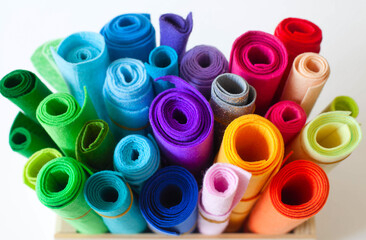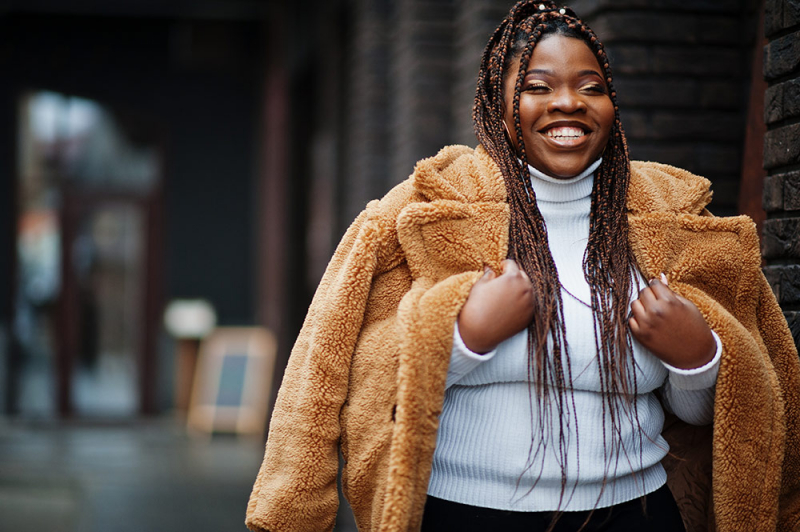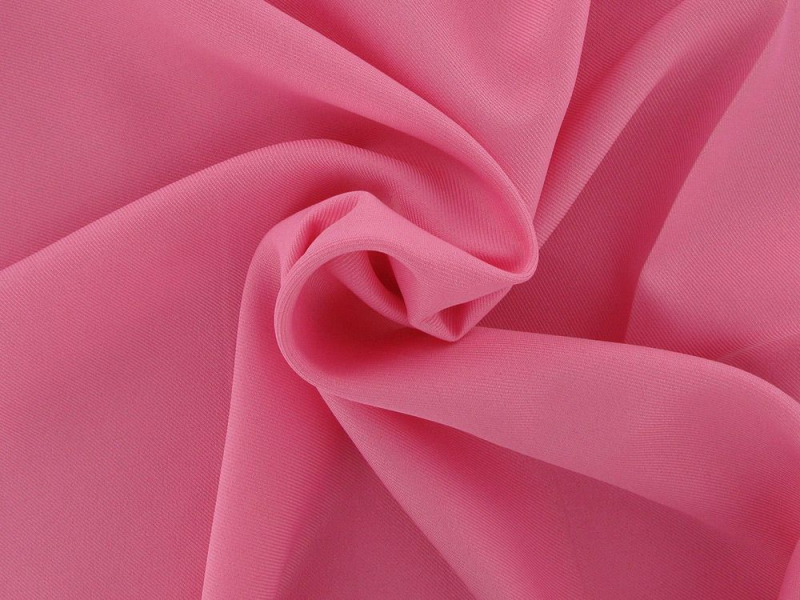6 Fabric Ideas to Help you Keep Warm in Winter
There are a few different fabrics that are known for their ability to keep you warm in the winter. Here are some of the best options:
- Wool: Wool is a natural fiber that is great at trapping heat, making it a popular choice for winter clothing. It is also moisture-wicking, so it can help keep you dry and comfortable in cold, wet conditions. Wool is also durable and resistant to stains and odors, making it a practical choice for winter wear. One of the main benefits of wool is its ability to retain heat even when it is wet. This is because wool fibers have a natural curl that creates air pockets, which trap heat and insulate the body. Wool also has a high melting point, so it won't ignite easily and is therefore a good choice for outdoor activities like camping and hiking. Wool is available in a variety of weights, from lightweight merino wool to heavy-duty woolen fabrics. It is also naturally hypoallergenic and antimicrobial, making it a good choice for people with sensitive skin or allergies.
- Fleece: Fleece is a synthetic fabric that is known for its warmth and softness. It is made from polyester and has a fuzzy, plush texture. Fleece is also lightweight and breathable, making it a good choice for active winter activities. One of the main benefits of fleece is its ability to trap heat and insulate the body. It is also moisture-wicking, so it can help keep you dry and comfortable in cold, wet conditions. Fleece is available in a variety of weights, from lightweight microfleece to heavy-duty polar fleece. Fleece is a good choice for winter clothing because it is durable, easy to care for, and quick-drying. It is also machine washable and can be tumble dried on low heat, making it a practical choice for everyday wear.
- Thinsulate: Thinsulate is a synthetic insulation material that is designed to keep you warm in cold weather. It is made from fibers that trap air and provide a layer of insulation, and it is often used in winter jackets and gloves. Thinsulate is lightweight and flexible, making it a good choice for clothing that needs to retain its shape and mobility. One of the main benefits of Thinsulate is its ability to trap heat and insulate the body without adding a lot of weight or bulk. It is also breathable and moisture-wicking, so it can help keep you dry and comfortable in cold, wet conditions. Thinsulate is available in different weights and thicknesses, so you can choose the right level of insulation for your needs. Thinsulate is a good choice for winter clothing because it is durable, easy to care for, and quick-drying. It is also machine washable and can be tumble dried on low heat, making it a practical choice for everyday wear.
- Down: Down is a natural insulation material made from the soft, fluffy undercoating of ducks and geese. It is a great choice for winter clothing because it is lightweight, warm, and compressible. Down is also breathable and able to trap heat effectively, making it a popular choice for winter jackets and sleeping bags. One of the main benefits of down is its ability to trap heat and insulate the body without adding a lot of weight or bulk. It is also breathable and moisture-wicking, so it can help keep you dry and comfortable in cold, wet conditions. Down is available in different fill powers, which refers to the amount of space that one ounce of down will occupy.
- Flannel: Flannel is a soft, warm fabric made from wool, cotton, or synthetic fibers. It is known for its brushed, textured surface and is often used to make pajamas, shirts, and blankets. Flannel is a good choice for winter clothing because it is comfortable, warm, and durable.
- Thermal: Thermal fabric is a synthetic material that is designed to trap heat and keep you warm in cold weather. It is often used to make base layers, such as long johns and thermal tops, and is a good choice for winter sports and outdoor activities. Thermal fabric is lightweight, breathable, and stretchy, making it comfortable to wear under other layers.
Overall, the best fabric for keeping warm in the winter will depend on your specific needs and preferences. Wool, fleece, Thinsulate, down, flannel, and thermal are all good options to consider, and it may be helpful to try a few different fabrics to see which one works best for you.






